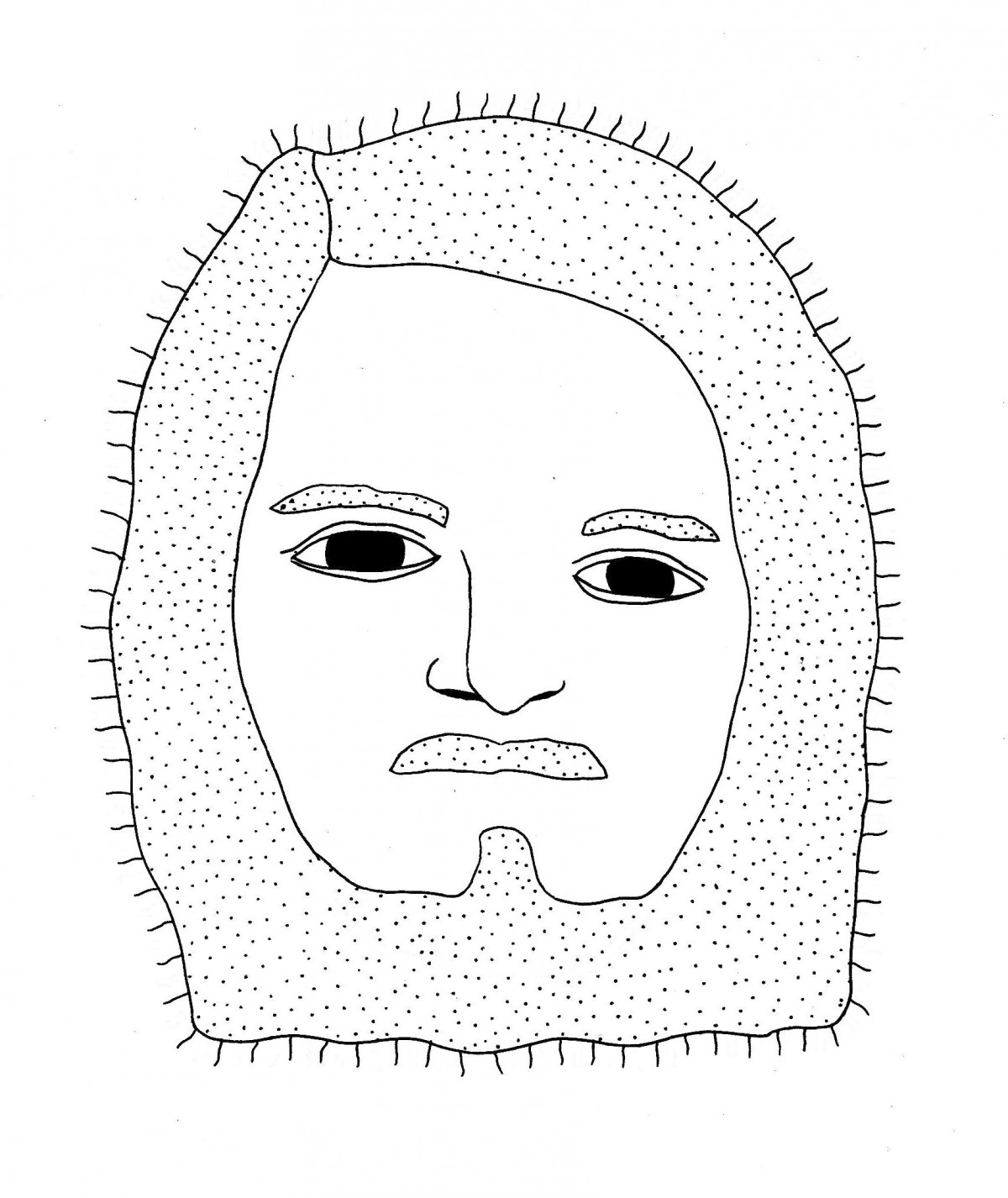Big In Japan Recordings is a word of mouth operation. Happy to fly under the radar, the Chinatown studio doesn’t concern itself with advertising or a flashy web presence. Knowledge of its existence is passed among friends, many of whom have either recorded there themselves or know someone who has. Knowing this, it was with both curiosity and a distinct sense of irony that I showed up on Keefer and Main Street to speak with Big In Japan’s producer, engineer and sole proprietor, Mark Lawrence.
Anyone who has ever attended a show at the China Cloud knows what it’s like to ascend the narrow stairway and feel as if the city is receding behind them. Housed in the same building, Big In Japan Recordings feels much the same. As a kid I distinctly remember the time of evening when it was dark, but not yet bedtime. One could talk quietly, listen to a parent read a book or something, and turn on lamps. Pre-night. The Big In Japan studio feels as though it’s perpetually in this space. Something about the quality of the light, the worn-in couch, and the old instruments hung on the wall fosters a real sense of calm. The studio is small and dark and the mixing console is three feet from the recording booth, yet somehow it never feels cramped or claustrophobic.
“I tried to make it easy to forget the fact that there is a city environment outside,” says Lawrence. “During the daytime hours it’s really busy in Chinatown. There’s a lot of sensory pollution and it’s a loud neighborhood, so it’s nice if you can come into a still environment that makes you feel as though you’re somewhere else.”
That isn’t to say that there is any sort of lethargy or lack of energy in this place. In the five years since Lawrence founded Big In Japan, he has recorded countless bands including Wooden Horsemen, Burying Ground, Khingfisher, Devon Wells, Colin Cowan & The Elastic Stars, Gordon Grdina, Jack The Bear, Ben Rogers and more. “Thankfully I don’t feel like the community base has changed much over the years. It just means I was very lucky from the start,” says Lawrence. “But I feel like myself and the musicians I work with are growing together, and that’s really important to me.”
This attitude is characteristic of Lawrence’s approach to recording. The clientele at Big In Japan is less a conveyer belt of artists and more a community of friends who all have in common the fact that they want to make records. In a way, the amity was born out of the studio itself rather than the other way around. “The community-based nature of this place was an inadvertent outcome of the situation,” says Lawrence. “The room is a good example — it’s an efficient use of space, and the intimacy is a byproduct of that. Music is already such a personal thing and to record it with someone in a room this small is to get to know each other really well. Things get personal. My closest friends have come from this studio.”
While talking about artists who inspire him, Lawrence points to his friend Christopher Leitch’s painting on the wall. “What I admire about him is the intention that goes into his craft. He’ll make line drawings where thousands of lines are used to create one image.


